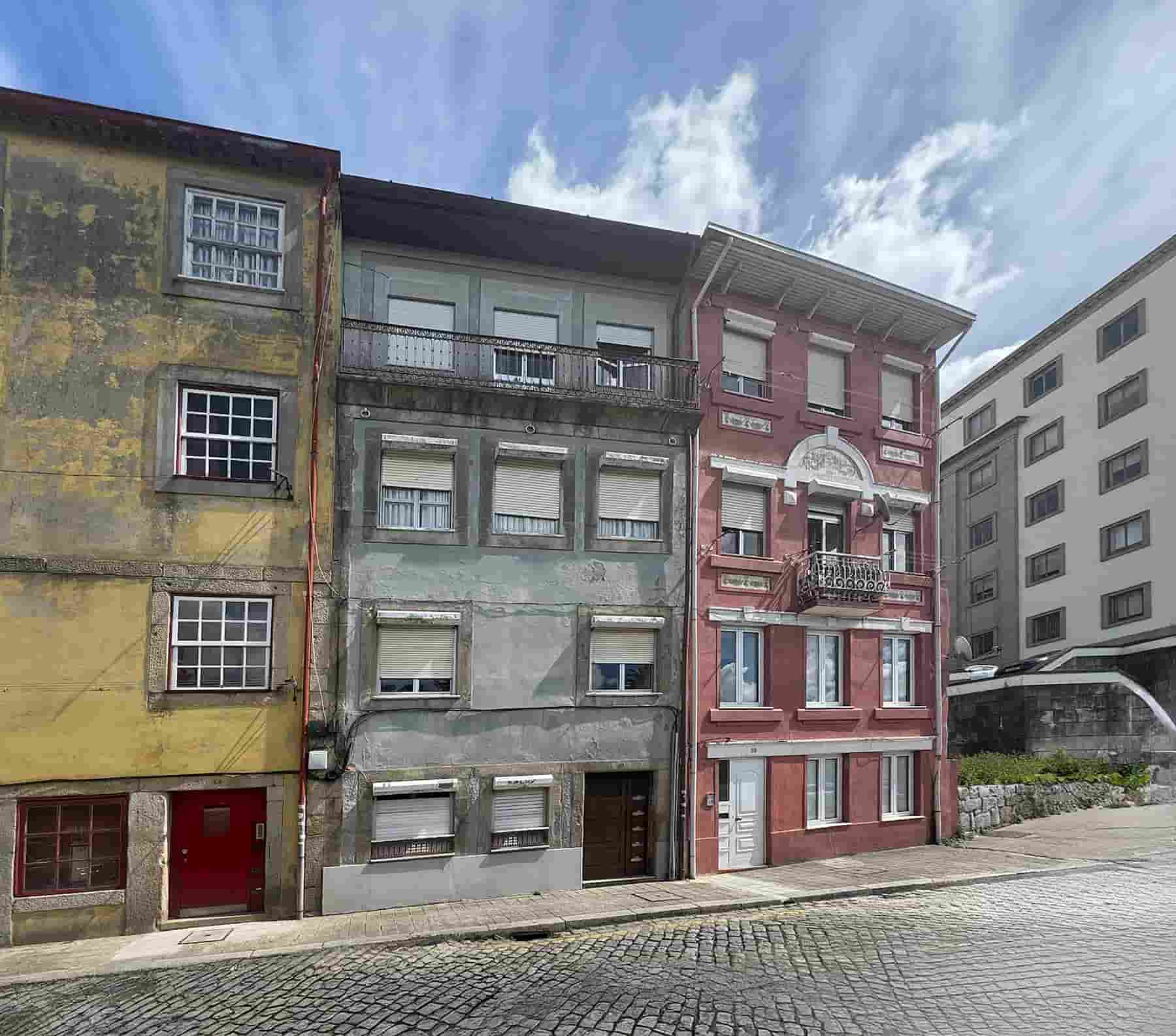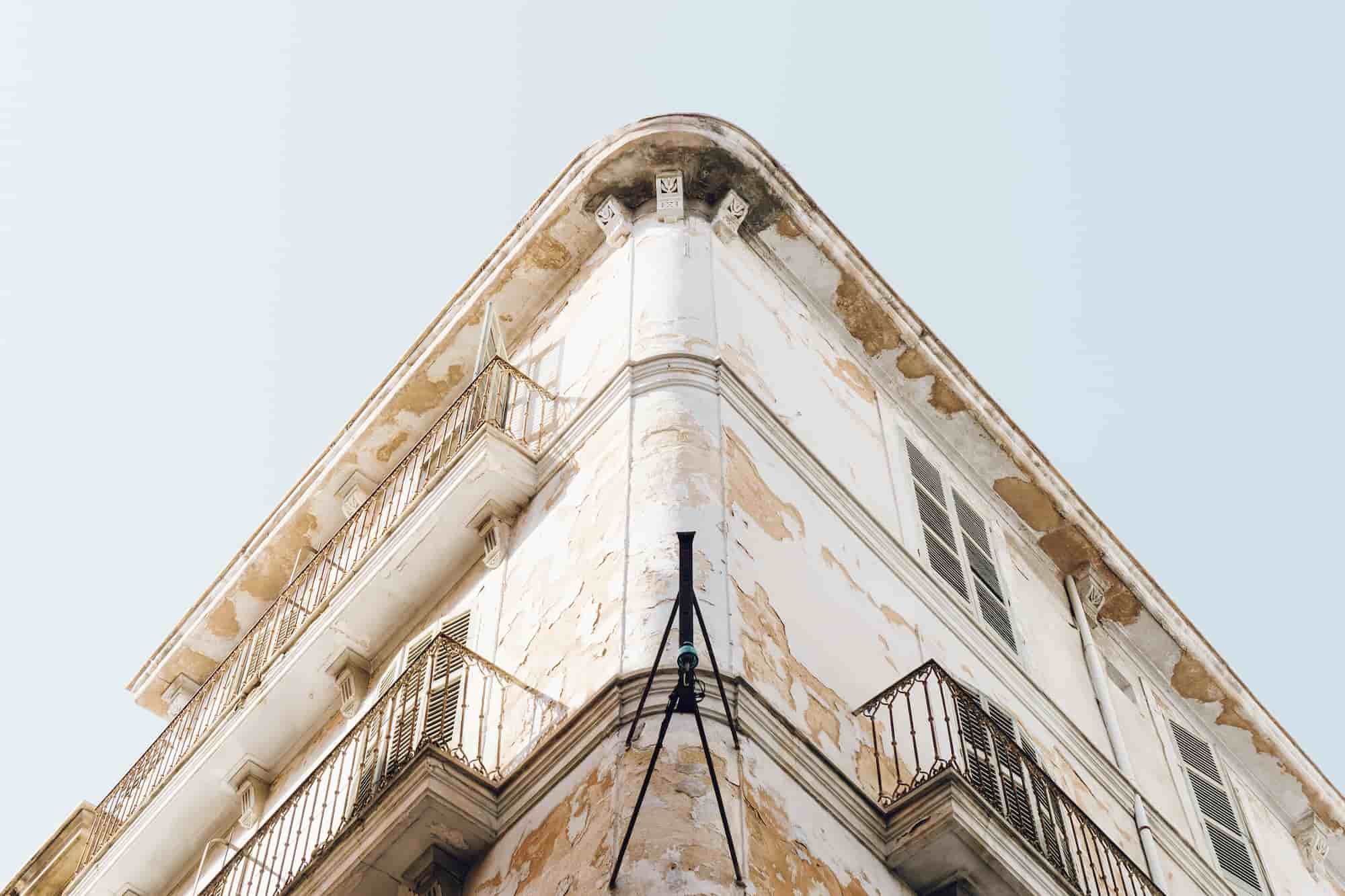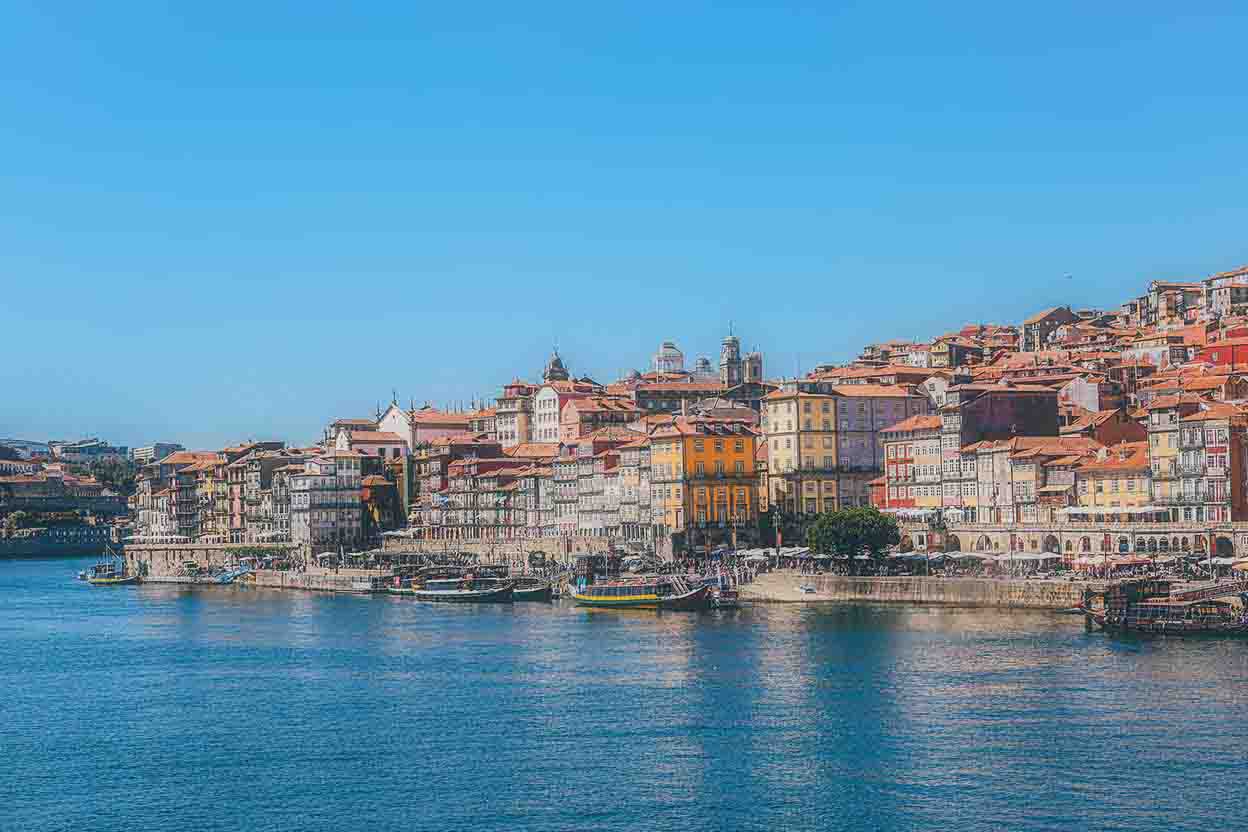Reading Time: 3 minutes
Urban renewal is currently one of the smartest and most sustainable ways to invest in the real estate sector. When a property is located in one of the Urban Rehabilitation Areas (ARU) defined by the Porto Municipality, the benefits become even more evident.
Urban rehabilitation increases property value, especially through the revitalisation of older buildings. It therefore contributes to the sustainable growth of cities and promotes more inclusive and functional environments.
With five floors, an attic, private backyard, and a total gross construction area of 290 m², the building up for auction offers a solid foundation for small- to medium-scale urban rehabilitation projects.

Rehabilitating buildings of this kind is not only a trend but a strategic solution for improving the built heritage. Moreover, it increases profitability and helps create more sustainable cities.
Investing in property rehabilitation brings financial, environmental, and urban planning advantages.
1. Tax Incentives and Financial Benefits
There are several fiscal advantages and reduced licensing fees for urban rehabilitation projects, including:
IMI (municipal property tax) exemption for up to 5 years (renewable);
IMT (property transfer tax) exemption on the purchase for rehabilitation;
Reduced autonomous taxation under IRS (personal income tax) or IRC (corporate income tax);
6% VAT rate on rehabilitation works.
Porto City Council grants recognition for tax benefits, facilitating access to IMI, IMT, IRS/IRC, and VAT exemptions. Investors must meet the following criteria:
Rehabilitation costs must be verified and certified by the ARU’s management body or the municipal arbitration committee;
State resources must be used to fund the rehabilitation;
For some benefits, the rehabilitation must result in an improvement of the property’s condition by at least two levels above its prior state.
Additionally, financing and support for these types of projects continue to grow. Credit programmes are available to help fund rehabilitation efforts, especially in areas of public interest.
2. Property Value Appreciation
Value is enhanced not only due to location and incentives but also because of the scarcity of similar properties on the market.
Rehabilitating old buildings, especially in competitive markets, boosts property value and makes the asset more appealing, particularly to those looking for a modern home with historical character.
3. Urban Revitalisation
Rehabilitating properties directly improves the urban environment. Rather than building in new areas, urban rehabilitation makes use of existing infrastructure and preserves the history and character of cities. In Porto, this is particularly relevant for historic districts.
Urban renewal also significantly impacts the rental market, creating new opportunities for both landlords and tenants:
Increased property supply: Transforms abandoned spaces into habitable units, boosting the rental market;
More efficient and sustainable properties: Older buildings are modernized to meet sustainability standards, with improved energy efficiency that lowers operational costs;
Attractiveness to young professionals: Revitalised city centres appeal to those seeking proximity to infrastructure and quality services.

4. Sustainability and Energy Efficiency
Rehabilitation is an environmentally responsible choice. Upgrading buildings with sustainable materials and technologies reduces environmental impact and improves energy efficiency. This leads to long-term savings on energy bills.
5. Community Benefits
Urban rehabilitation also brings various advantages to the broader community:
Improved urban space: Revitalises urban areas, making them safer, more accessible, and more visually appealing;
Heritage preservation: Ensures the continuity and appreciation of historic buildings;
Improved quality of life: Creates safer, cleaner, and more pleasant spaces;
Tourism attraction: Draws tourists, generating economic benefits for the region.
With attractive tax benefits, increasing demand for rehabilitated properties, and a direct impact on urban sustainability, investing in urban renewal is a strong bet on a market with high potential and financial return.
Article by Isabel Meireles for LEILOSOC® dated 26 May 2025

